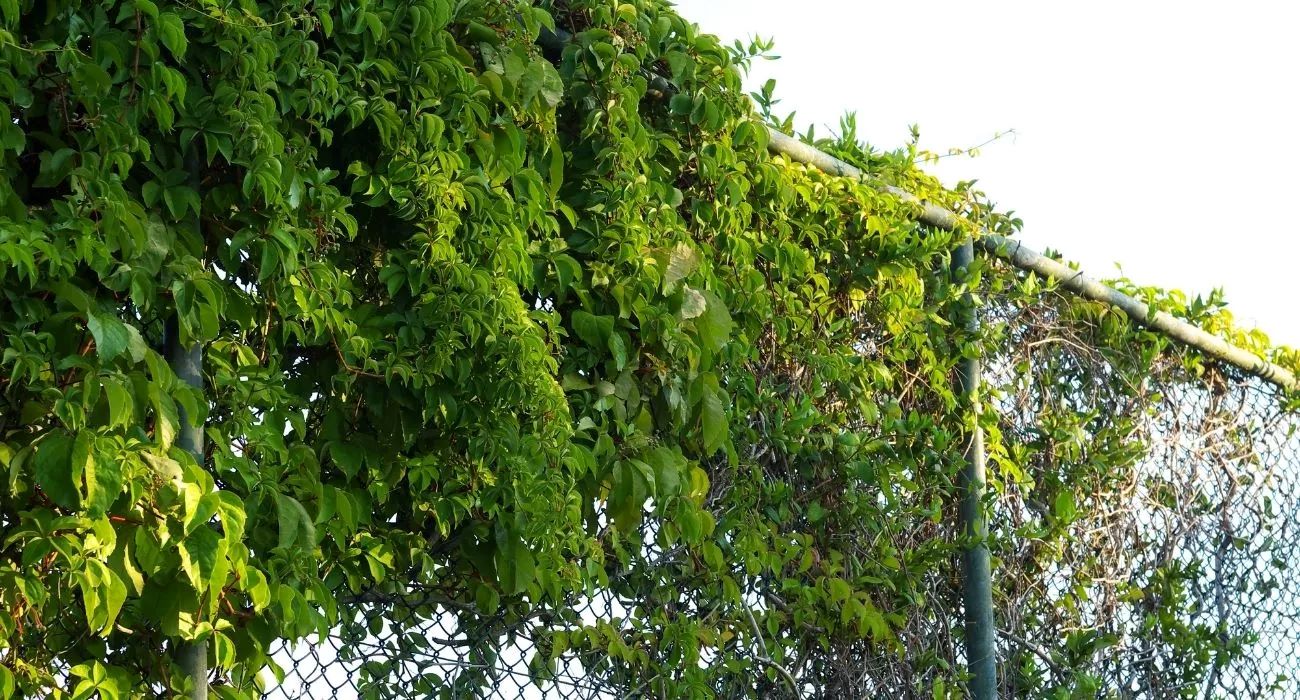

Articles
How To Grow Ivy On Fence
Modified: January 7, 2024
Learn how to effectively grow ivy on your fence with these informative articles. Find expert tips and tricks to transform your fence into a lush green backdrop.
(Many of the links in this article redirect to a specific reviewed product. Your purchase of these products through affiliate links helps to generate commission for Storables.com, at no extra cost. Learn more)
Introduction
Ivy is a beautifully versatile plant that can transform a plain and ordinary fence into a lush and vibrant feature in your garden. Its dense foliage and trailing vines can add a touch of elegance and privacy to your outdoor space. Growing ivy on a fence not only enhances the aesthetic appeal of your property but also provides additional benefits like noise reduction, erosion control, and habitat for wildlife.
Choosing the right type of ivy and properly maintaining it is essential for successful growth. In this article, we will guide you through the process of growing ivy on a fence, from selecting the appropriate variety to dealing with pests and diseases. By following these steps, you’ll be able to create a stunning living backdrop that will enhance your outdoor space and give your fence a new lease on life.
Key Takeaways:
- Transform your plain fence into a lush, vibrant backdrop by choosing the right ivy variety, preparing the fence, and providing ongoing care. Enjoy the beauty and benefits of a living green fence in your outdoor space.
- Create a stunning living fence with ivy that enhances privacy, reduces noise, and adds aesthetic value to your garden. Follow the steps to grow, train, and maintain your ivy for long-term beauty and enjoyment.
Read more: How To Grow An Ivy Wall On A Rooftop Garden
Choosing the Right Type of Ivy
When it comes to growing ivy on a fence, one of the key steps is selecting the right type of ivy for your specific needs and growing conditions. There are several popular varieties of ivy that can thrive on fences, each with its own unique characteristics. Here are a few options to consider:
- English Ivy (Hedera helix): This is one of the most common and versatile types of ivy. It features small, dark green leaves and can tolerate a wide range of soil and light conditions. English ivy is known for its fast growth and ability to quickly cover a fence.
- Boston Ivy (Parthenocissus tricuspidata): If you’re looking for a vine that provides stunning fall colors, Boston ivy is an excellent choice. It has large, vibrant green leaves that turn fiery red in autumn. This variety is more suitable for fences in areas with cool climates.
- Climbing Hydrangea (Hydrangea petiolaris): While not a true ivy, climbing hydrangea can be trained to grow on fences and provides a unique and beautiful aesthetic. It produces clusters of white flowers in the summer and has large, heart-shaped leaves that turn yellow in the fall.
- Japanese Ivy (Parthenocissus tricuspidata): Similar in appearance to Boston ivy, Japanese ivy is another option if you’re looking for a vine with vibrant, colorful foliage. It is more tolerant of heat and can withstand harsher growing conditions, making it suitable for a wider range of climates.
Consider the climate in your area, the amount of sunlight the fence receives, and the specific growth characteristics of each type of ivy before making your selection. It’s also a good idea to consult with local garden centers or horticulturists for advice on the most appropriate ivy variety for your region.
Preparing the Fence
Before you start planting ivy on your fence, it’s important to prepare the surface properly to ensure optimal growth and adherence. Here are the steps to take when preparing the fence:
- Clean the Fence: Start by thoroughly cleaning the surface of the fence. Remove any dirt, debris, or loose paint using a stiff brush or pressure washer. This will create a clean and smooth base for the ivy to attach to.
- Repair Any Damage: Inspect the fence for any damage such as loose boards or broken sections. Repair or replace these areas before proceeding with the planting to ensure the fence is structurally sound.
- Apply a Primer: If your fence has been painted or treated with a sealant, consider applying a primer before planting ivy. This will help create a better surface for the ivy to adhere to and promote healthier growth.
- Add a Trellis or Support Structure (Optional): Depending on the ivy variety and the desired look, you may want to install a trellis or support structure for the vines to grow on. This can provide additional stability and vertical growth for the ivy.
- Apply a Protective Barrier: To prevent ivy from growing into neighboring areas or structures, you can create a barrier by burying a metal or plastic mesh along the base of the fence. This will help contain the ivy growth and prevent it from spreading uncontrollably.
By properly preparing the fence, you are setting the stage for a successful ivy growth and ensuring that the plant will have a strong foundation to cling to. This step will also help in maintaining the overall health and appearance of your fence throughout the ivy’s growth.
Planting Ivy
Once you have chosen the right type of ivy and prepared your fence, it’s time to start planting the ivy. Here are the steps to follow for successful ivy planting:
- Choose Healthy Ivy Plants: Purchase ivy plants from a reputable nursery or garden center. Look for plants that have healthy foliage and no signs of disease or pest infestation.
- Site Selection: Determine where you want to plant the ivy along the fence. Consider the amount of sunlight, soil conditions, and accessibility for maintenance.
- Dig Planting Holes: Dig holes along the fence, spacing them according to the recommended distance for the specific ivy variety. Make sure the holes are deep enough to accommodate the root ball of the plants.
- Planting: Carefully remove the ivy plants from their containers and gently loosen the roots. Place the plants in the planting holes and backfill with soil, ensuring that the base of the stems is level with the ground. Tamp down the soil gently to eliminate air pockets.
- Water: Thoroughly water the newly planted ivy to settle the soil and help the roots establish. Ensure that the soil is evenly moist, but not waterlogged, during the initial stages of growth.
- Mulch: Apply a layer of organic mulch around the base of the ivy plants. This will help retain moisture, suppress weed growth, and provide insulation to the roots. Leave a small gap around the stems to prevent moisture buildup and potential rot.
It’s important to note that ivy can also be propagated from cuttings or by layering, but for simplicity and quicker establishment, planting nursery-grown ivy plants is recommended.
By following these planting steps, you’ll give your ivy the best chance to take root, establish itself, and start its journey of transforming your fence into a lush green backdrop. Remember to provide proper watering and care as the ivy continues to grow.
Providing Initial Support
After planting ivy on your fence, it’s important to provide initial support to help the vines attach and grow in the right direction. Here are some steps to ensure the ivy receives the support it needs:
- Attach the Ivy to the Fence: Gently guide the ivy vines towards the fence and secure them in place using soft ties or plant clips. Avoid using materials that can damage or constrict the growth of the plant, such as wire or string.
- Train the Vines: As the ivy grows, train the vines to follow the desired pattern along the fence. This can be done by gently bending the vines and securing them to the fence using the same soft ties or clips. Ideally, the vines should cover the fence evenly and create a lush, green layer.
- Direct Growth: If you want the ivy to grow in a specific direction or cover certain areas of the fence more quickly, gently redirect the vines by guiding them with your hands or using stakes. This will help create an even and uniform growth pattern.
- Monitor for Attachments: Regularly check the ivy’s progress and ensure that the vines are attaching themselves to the fence. If any vines are not adhering, gently reposition them and secure them in place. The ivy will naturally send out tendrils to cling onto the fence, but a little help may be required initially.
Providing initial support and training the ivy vines will help guide their growth and create a desirable visual effect on the fence. It’s important to be gentle and patient during this process to avoid damaging the ivy or hindering its growth.
Remember that ivy is a resilient plant and can adapt to its surroundings. Once it has established itself on the fence, it will continue to thrive and cover the surface, requiring less intervention and support over time.
To grow ivy on a fence, choose a sunny location and plant the ivy at the base of the fence. Provide support for the ivy to climb, such as a trellis or wire. Water regularly and prune as needed to encourage growth.
Read more: How To Plant Ivy For Ground Cover
Watering and Fertilizing
Proper watering and fertilizing are essential for the healthy growth of ivy on your fence. Here are some guidelines to follow:
- Watering: Ivy prefers consistently moist soil, so it’s important to water it regularly, especially during dry periods. Deep and infrequent watering is recommended to encourage deep root growth. Water the ivy at the base, near the roots, rather than overhead, to avoid wetting the foliage excessively.
- Monitoring Soil Moisture: Regularly check the soil moisture levels to ensure it doesn’t dry out completely or become waterlogged. Use your finger to gauge the soil moisture by inserting it about an inch into the ground. If it feels dry, it’s time to water. If it feels moist, wait a few more days before watering again.
- Fertilizing: Ivy generally doesn’t require heavy fertilization, but a balanced slow-release fertilizer can be applied in the spring to provide essential nutrients. Follow the manufacturer’s instructions for application rates and timing. Avoid over-fertilizing, as it can lead to excessive foliage growth with reduced overall plant health.
- Organic Matter: Adding organic matter, such as compost or well-rotted manure, to the soil around the base of the ivy can help improve its nutrient content and moisture retention. Apply a thin layer of organic matter each year to keep the soil enriched.
It’s important to note that the water and nutrient requirements of ivy may vary depending on the specific variety, climate, and soil conditions. Monitor the plant’s growth and adjust your watering and fertilizing practices accordingly.
Remember that it’s better to slightly under-water than to over-water ivy, as excessive moisture can lead to root rot and other fungal diseases. Observing the plant’s response to watering will help you determine the optimal watering schedule for your specific growing conditions.
By providing proper watering and occasional fertilization, you’ll support the overall health and vigor of your ivy as it continues to beautify your fence with its lush foliage.
Training and Pruning
Training and pruning are crucial tasks in maintaining the shape, density, and overall health of your ivy on the fence. Here are some guidelines to follow:
- Training the Vines: As the ivy grows, continue to guide the vines along the desired path on the fence. Regularly check for any stray branches or vines that may need redirecting. Use soft ties or clips to gently secure them to the fence.
- Pruning for Shape: Pruning helps maintain the desired shape and prevent the ivy from becoming too dense or obstructing other plants or structures. Trim back any excessively long or wayward branches to control the plant’s growth and maintain a tidy appearance. Pruning can also promote bushier growth and improve air circulation within the ivy.
- Pruning for Maintenance: Regularly inspect the ivy for any diseased, damaged, or dead branches. Prune them back to healthy tissue to prevent the spread of diseases and to stimulate new growth.
- Timing: It’s generally recommended to prune ivy during the dormant or late winter season, when the plant is less actively growing. This reduces the risk of disrupting the growth cycle or exposing the plant to potential stress.
- Tools: Use sharp, clean pruning shears or hand pruners to make smooth cuts and minimize the risk of damage or infection.
- Regular Maintenance: Regularly inspect and prune your ivy throughout the year, not just during the dormancy period. This will help control growth, maintain the desired shape, and ensure a healthy and thriving ivy on your fence.
While pruning is important for training and maintaining ivy, be cautious not to excessively prune or remove too much foliage, as this can stress the plant and negatively impact its overall health. Always aim for a balanced approach that allows the ivy to retain its natural beauty and form.
Pruning is also an excellent opportunity to remove any pests or diseases that may be present on the ivy. Regular inspection and maintenance will help keep your ivy healthy and minimize the risk of infestation or infection.
By regularly training and selectively pruning your ivy, you can ensure that it grows in a controlled and visually appealing manner, while also keeping it healthy and vibrant on your fence.
Dealing with Pests and Diseases
While ivy is generally a resilient plant, it can occasionally fall prey to pests and diseases. Here are some common issues and strategies for dealing with them:
- Aphids: These small, soft-bodied insects can cluster on the leaves and stems, sucking sap from the plant and causing distortion and yellowing. To control aphids, spray the affected areas with a strong jet of water to dislodge the pests. In severe cases, consider using insecticidal soap or horticultural oil, following the instructions on the product carefully.
- Caterpillars and Worms: Some caterpillars and worms can feed on ivy leaves, causing significant damage. Handpick or prune off the affected parts and dispose of them. If necessary, apply an organic or chemical insecticide labeled for caterpillar control.
- Leaf spot: Leaf spot diseases can cause dark-colored, irregularly shaped spots on the ivy foliage. To prevent leaf spot, ensure proper air circulation around the plant and avoid overhead watering. If leaf spot is already present, remove and destroy affected leaves and consider applying a fungicide labeled for leaf spot control.
- Powdery Mildew: Powdery mildew appears as a white powdery coating on the leaves and can hinder the growth of ivy. Improve air circulation around the plant, maintain consistent watering, and remove affected leaves. Fungicides can also be used if the problem persists.
- Slugs and Snails: These slimy creatures can feed on ivy leaves, leaving holes and damage. Regularly inspect the plant and manually remove slugs and snails. You can also create barriers like copper tape or use organic slug and snail baits to deter them.
- Spider Mites: These tiny pests can cause yellowing and stippling on ivy leaves, typically accompanied by fine webbing. Spray the plant with a forceful stream of water to dislodge the mites. In more severe cases, apply insecticidal soap or horticultural oil, ensuring thorough coverage of the affected areas.
It’s important to monitor your ivy regularly for signs of pest infestation or disease. Early detection and intervention can prevent the problem from spreading and causing significant damage to the plant. In severe cases, consult with a local extension service or a professional horticulturist for additional assistance and guidance.
Remember, maintaining a healthy and pest-free ivy not only helps it thrive on the fence but also contributes to the overall beauty and vitality of your garden landscape.
Maintaining Ivy Growth
To ensure the continued growth and vitality of your ivy on the fence, it’s important to maintain and care for the plant regularly. Here are some key maintenance practices to keep in mind:
- Watering: Consistent watering is essential, especially during dry spells or hot weather. Aim to keep the soil evenly moist, but not waterlogged, to prevent stress or root rot. Adjust your watering frequency depending on the specific needs of your ivy.
- Weeding: Regularly inspect the base of the ivy and surrounding areas for weeds. Remove any weeds to prevent them from competing with the ivy for nutrients and water. Applying a layer of mulch can also help suppress weed growth.
- Mulching: Refresh the mulch layer around the base of the ivy annually to help maintain moisture, regulate soil temperature, and discourage weed growth. Ensure the mulch is placed a few inches away from the stems to prevent excess moisture buildup and potential rot.
- Support Maintenance: Regularly check the ties or clips that are supporting the ivy vines on the fence. Adjust or replace any damaged or loose supports to maintain stability and prevent any potential damage or breakage caused by strong winds or heavy growth.
- Monitor for Issues: Keep an eye out for any signs of pests, diseases, or nutrient deficiencies. Promptly address any issues that arise to prevent them from spreading and causing significant damage to the ivy. Regular monitoring and inspection are key to maintaining a healthy and thriving plant.
- Training and Pruning: As the ivy grows, continue to guide its growth and shape by training the vines along the desired path on the fence. Regularly prune to maintain the desired shape, control density, and remove any diseased or damaged foliage.
- Winter Protection: In colder regions, consider providing winter protection for your ivy. Applying a layer of mulch around the base and loosely wrapping burlap around the plant can help insulate it from harsh winter conditions and prevent cold damage.
Regular maintenance and care will help ensure that your ivy remains healthy, vibrant, and visually appealing on the fence. Taking the time to monitor, water, prune, and address any issues that arise will contribute to the long-term success and beauty of your ivy growth.
Read more: How To Kill Ivy Ground Cover
Conclusion
Growing ivy on a fence can be a rewarding and visually stunning addition to your outdoor space. With the right type of ivy, proper preparation, and ongoing care, you can transform your fence into a lush, green backdrop that enhances the overall beauty and privacy of your garden.
Choosing the appropriate ivy variety for your specific climate and growing conditions is the first step in the process. Whether it’s the fast-growing English Ivy, the vibrant fall colors of Boston Ivy, or the unique beauty of climbing hydrangea, each variety offers its own set of characteristics and benefits.
Preparing the fence by cleaning, repairing, and optionally adding a trellis or support structure will ensure a solid foundation for the ivy’s growth. Planting the ivy properly, providing initial support, and watering and fertilizing it adequately are vital steps in ensuring successful growth.
Training and pruning the ivy will help maintain desired shape and density, while monitoring and addressing pests and diseases promptly will promote the plant’s overall health. Regular maintenance practices such as watering, weeding, and monitoring for issues will contribute to the long-term success of your ivy growth.
By following these guidelines and investing time in the care of your ivy, you can create a stunning and vibrant living fence that not only adds aesthetic value but also provides benefits like noise reduction and erosion control.
So, choose your ivy variety, prepare your fence, and embark on the journey of cultivating and nurturing ivy growth. With proper care and attention, your fence will be transformed into a captivating green oasis that you can enjoy for years to come.
Frequently Asked Questions about How To Grow Ivy On Fence
Was this page helpful?
At Storables.com, we guarantee accurate and reliable information. Our content, validated by Expert Board Contributors, is crafted following stringent Editorial Policies. We're committed to providing you with well-researched, expert-backed insights for all your informational needs.
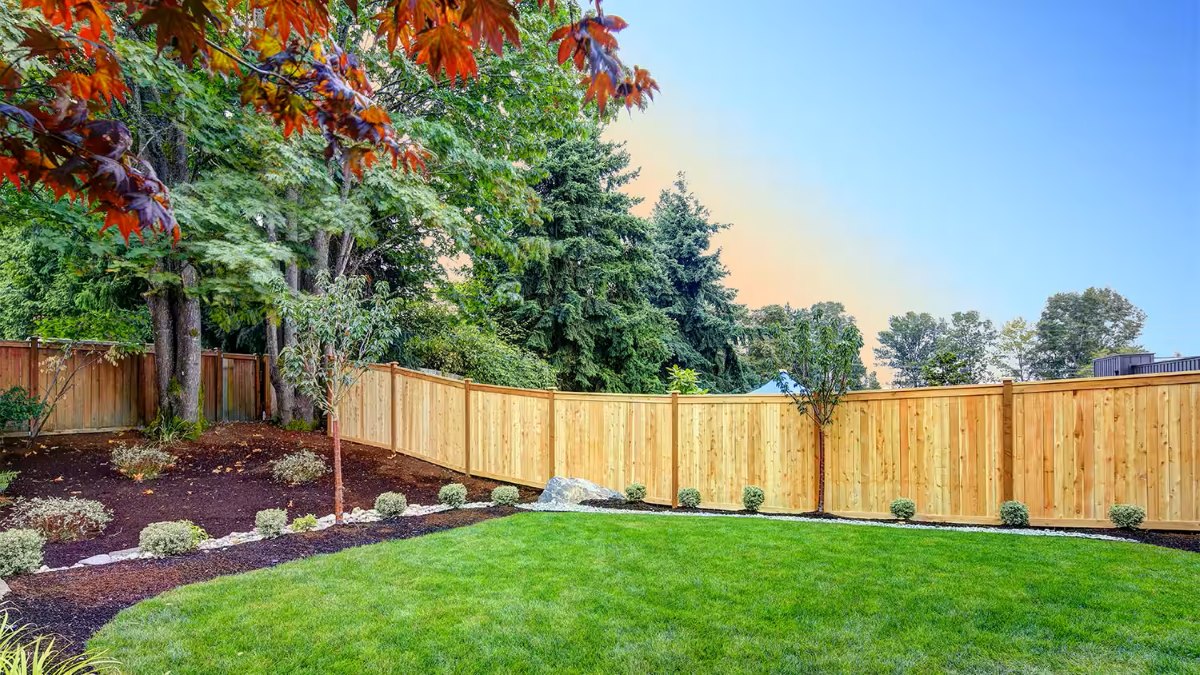
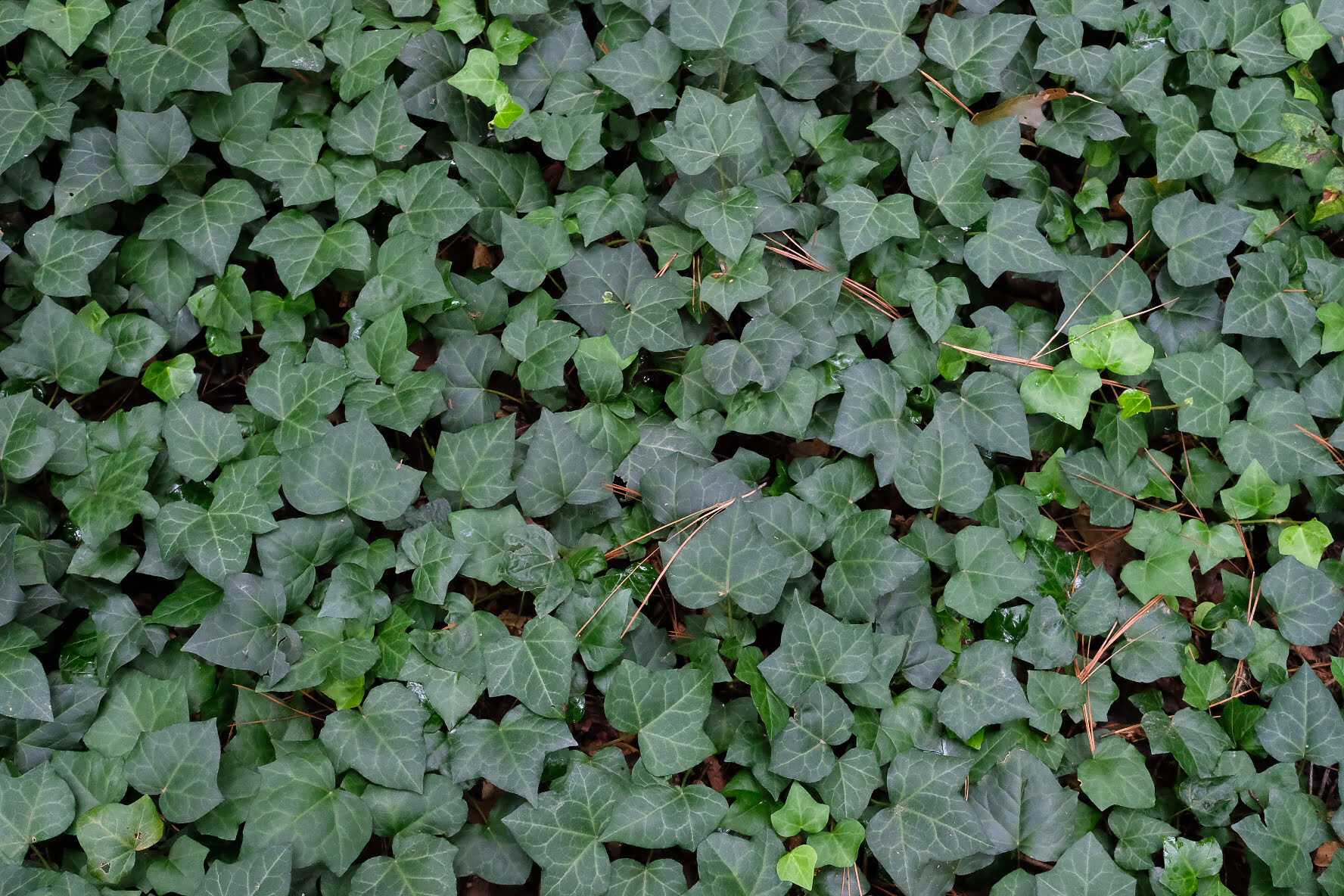

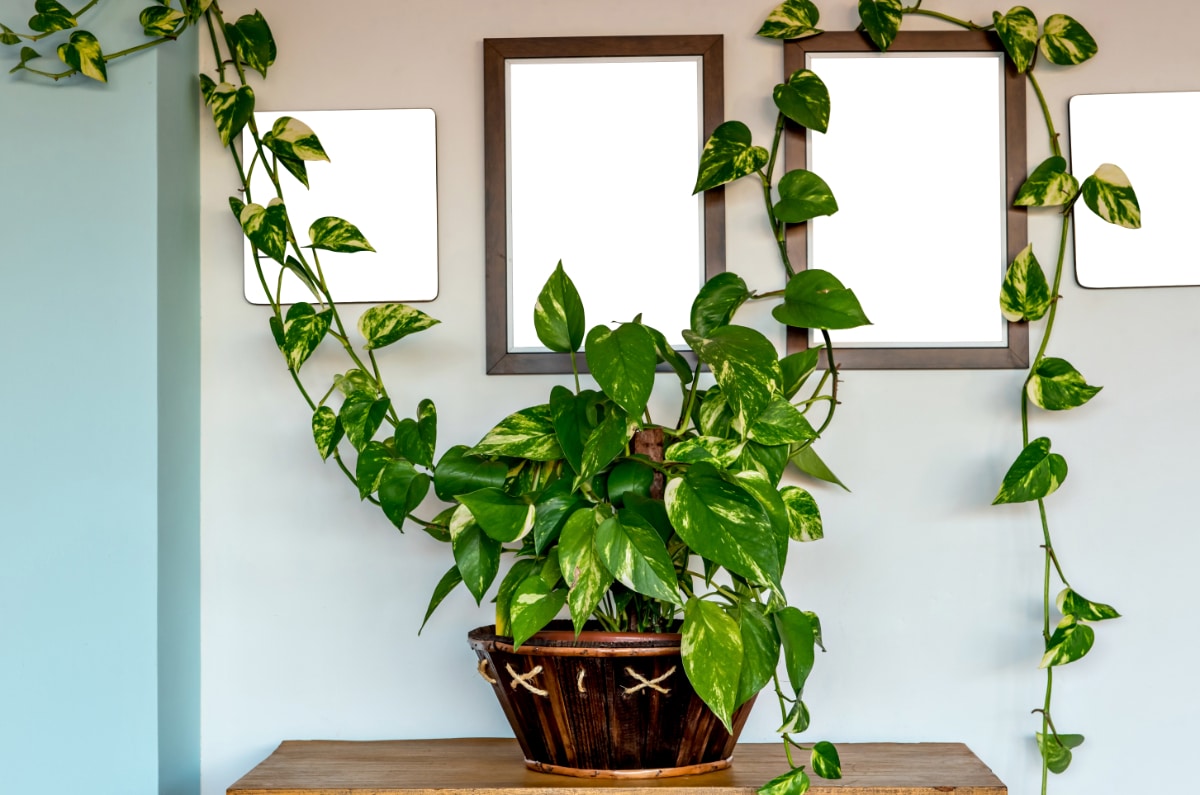
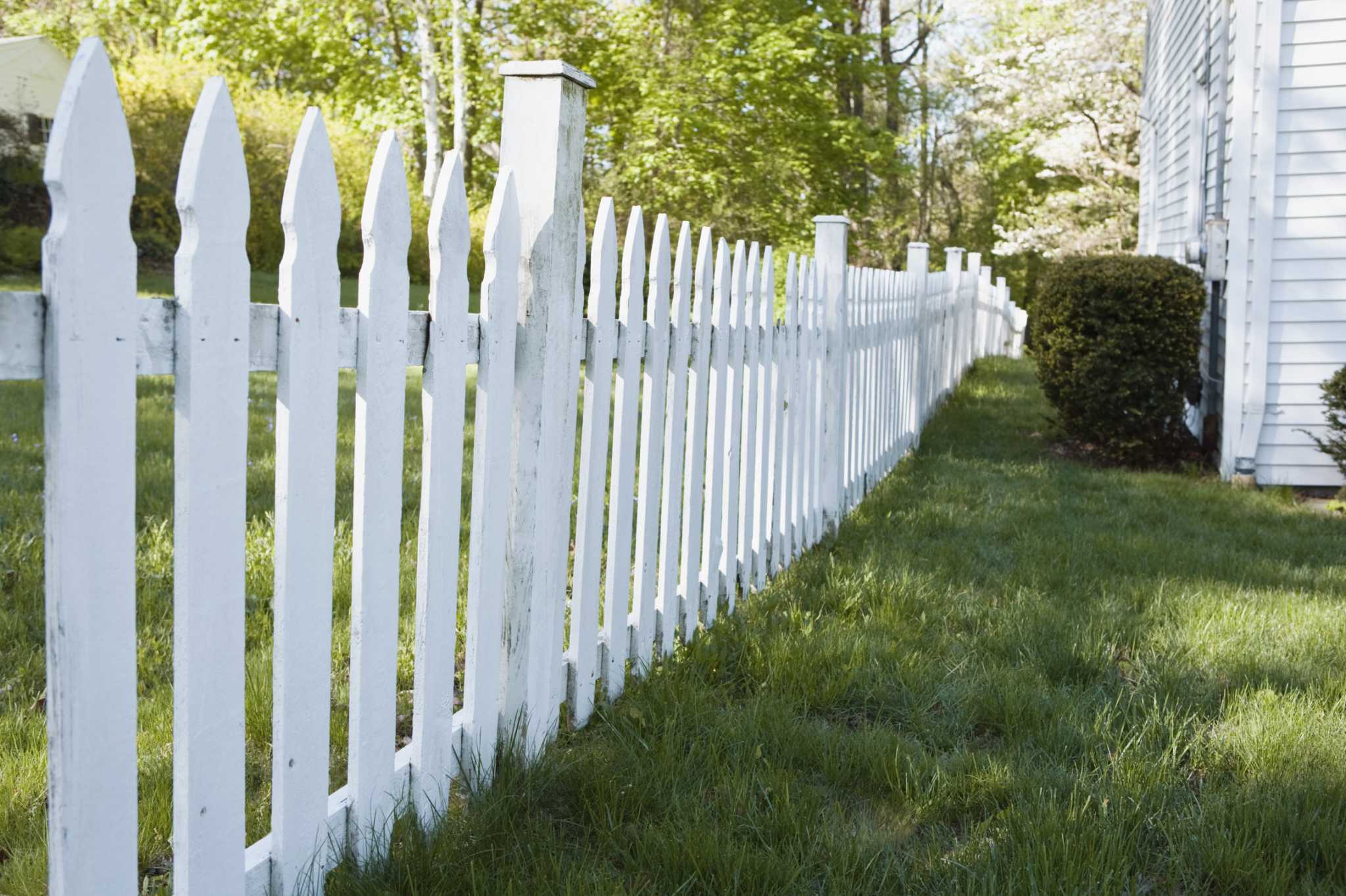
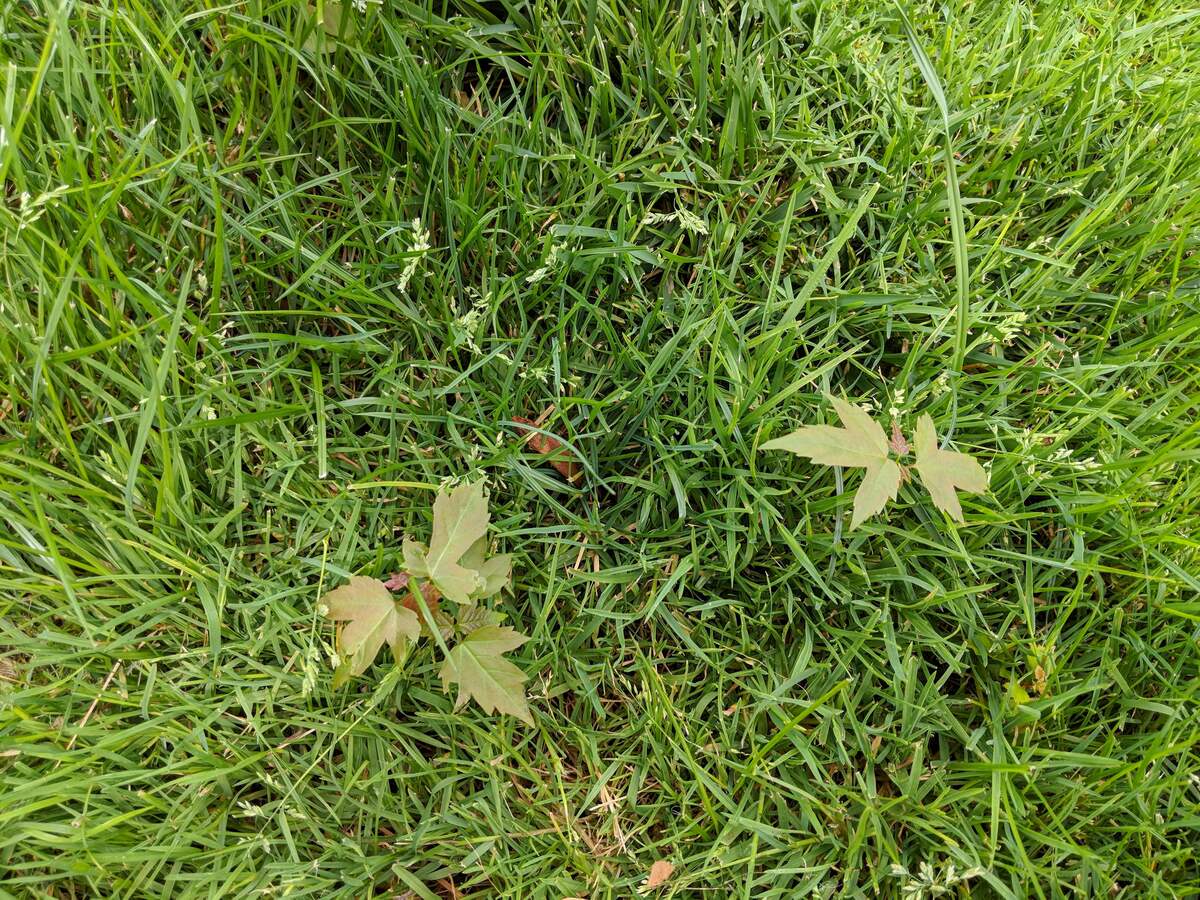
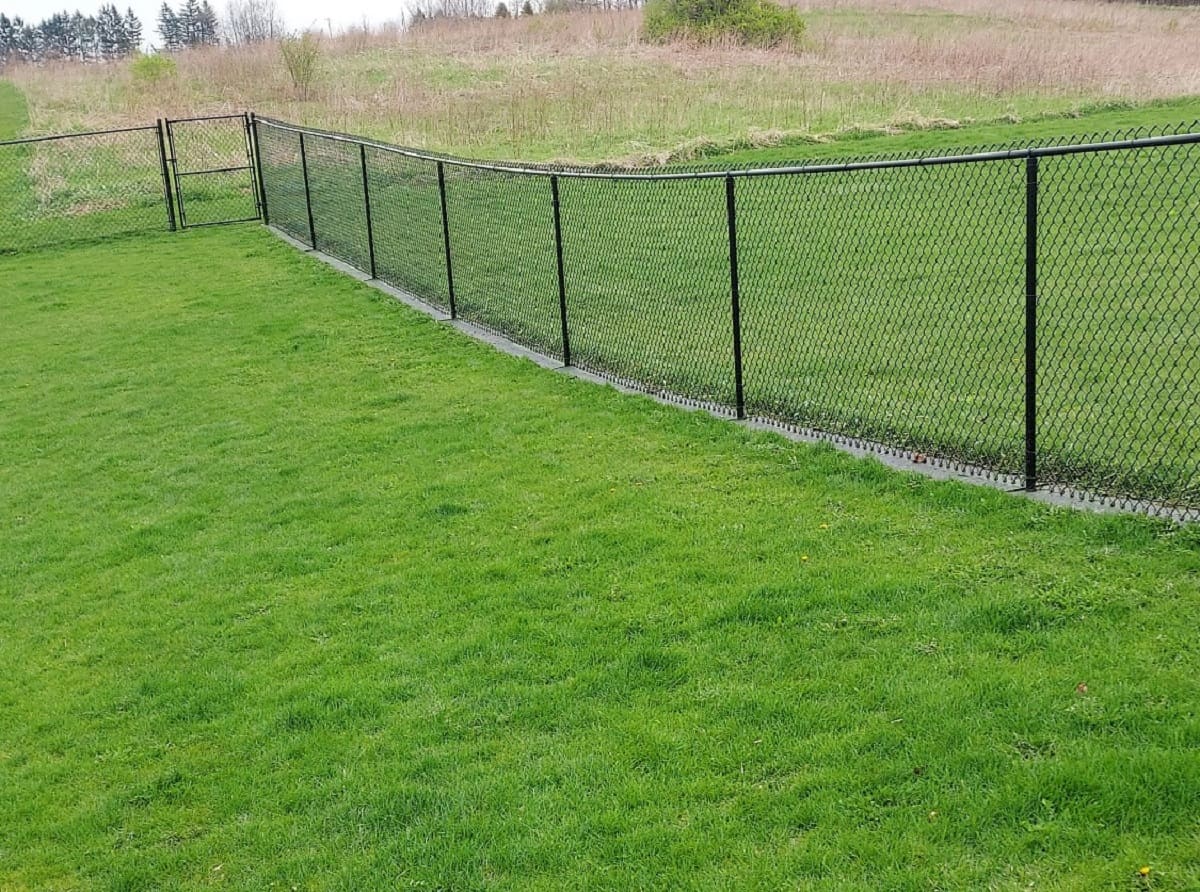
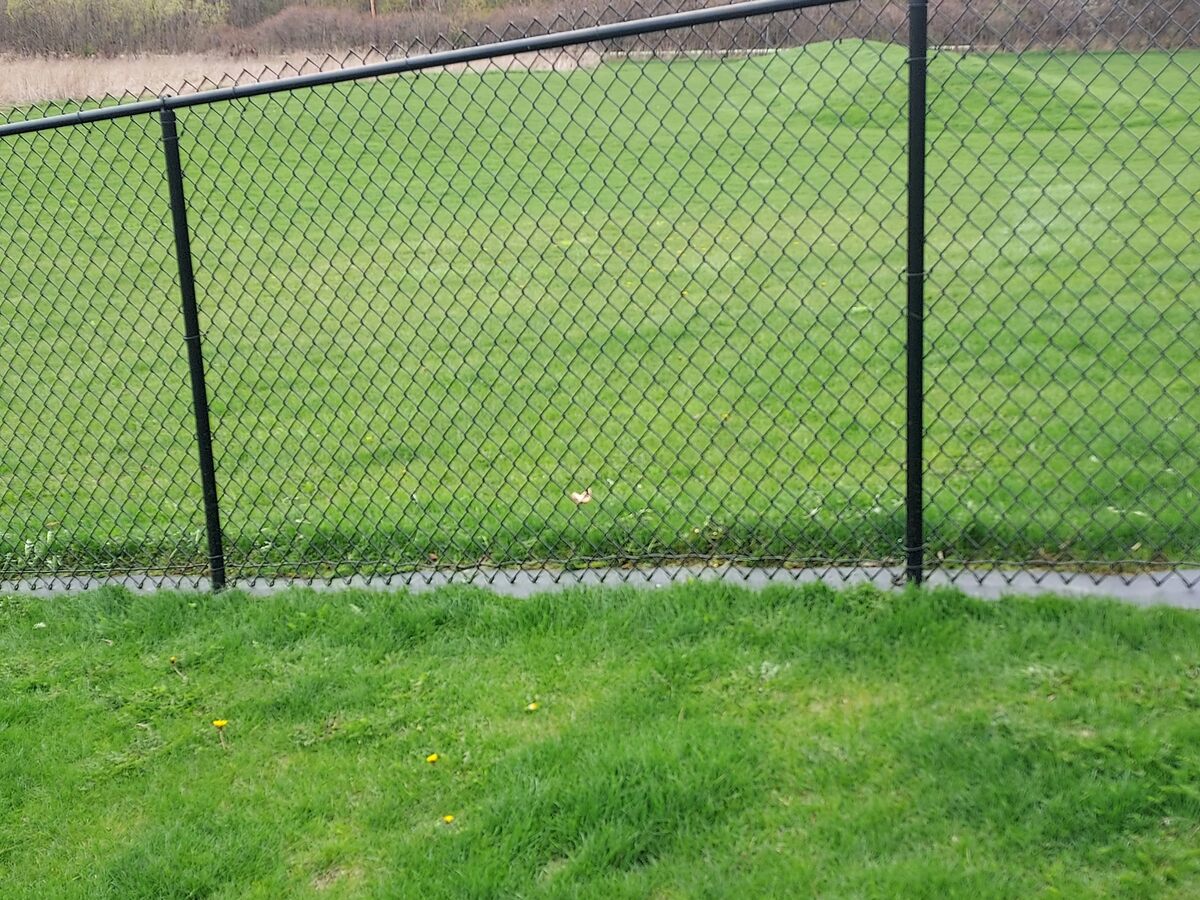
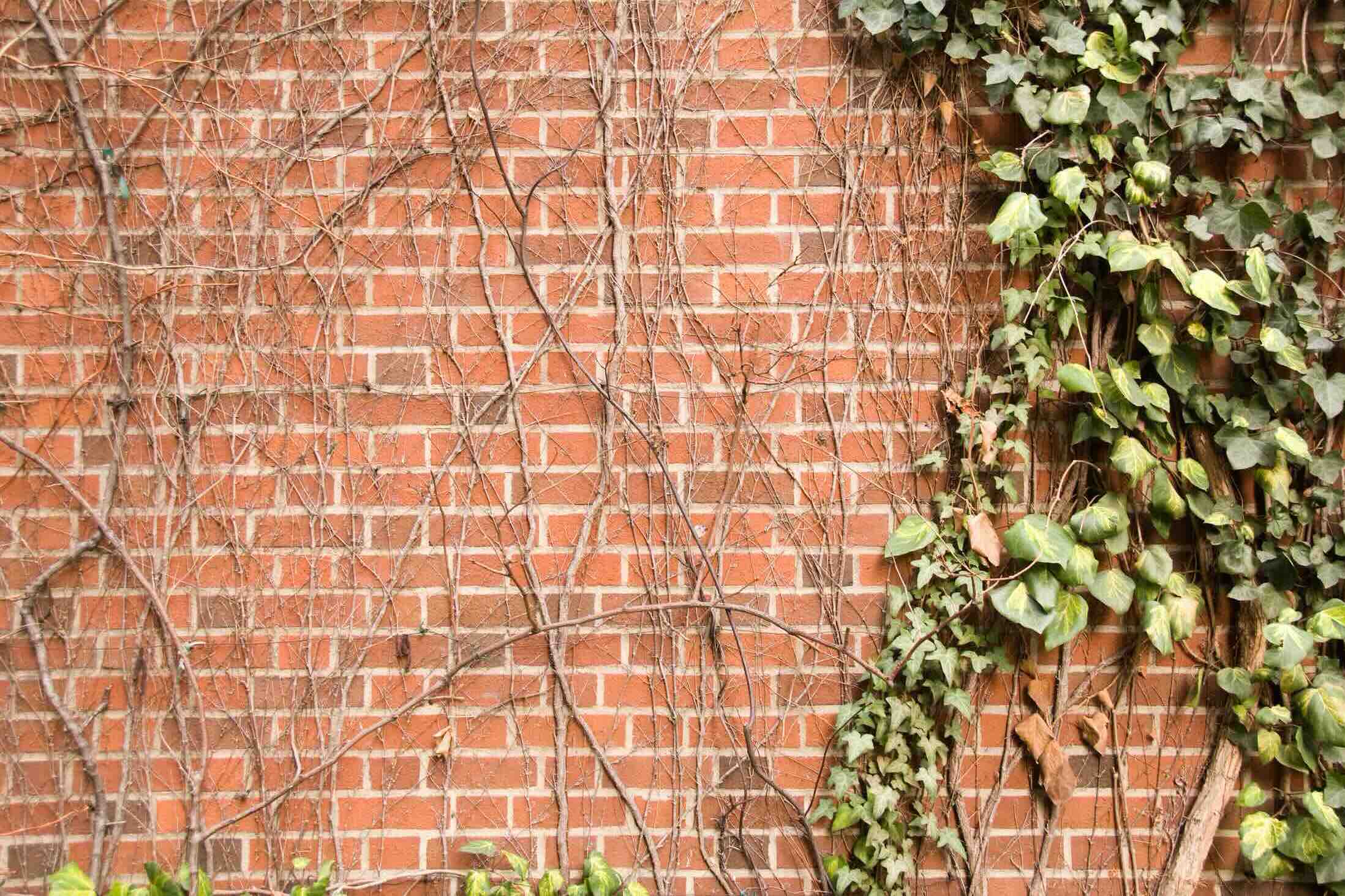

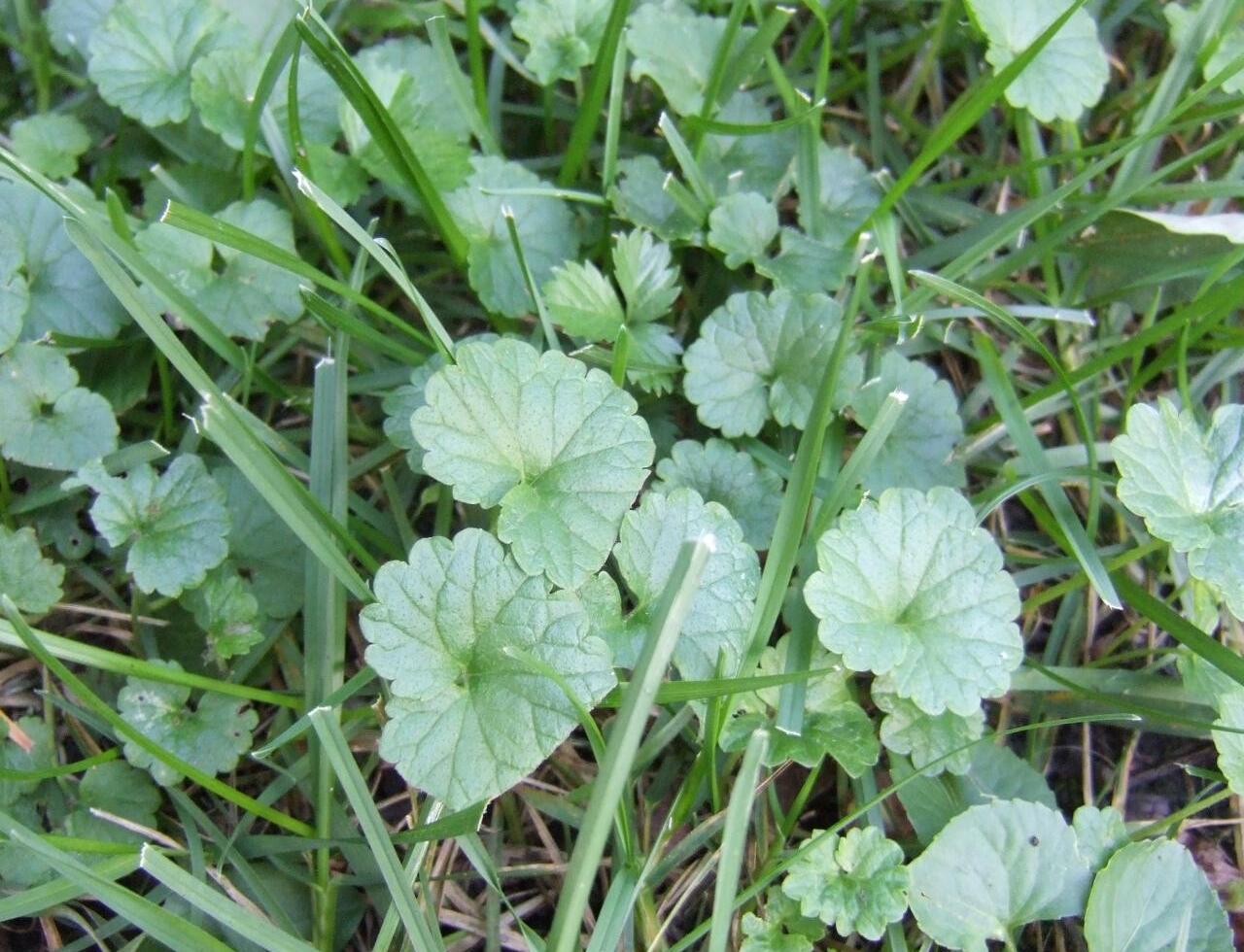

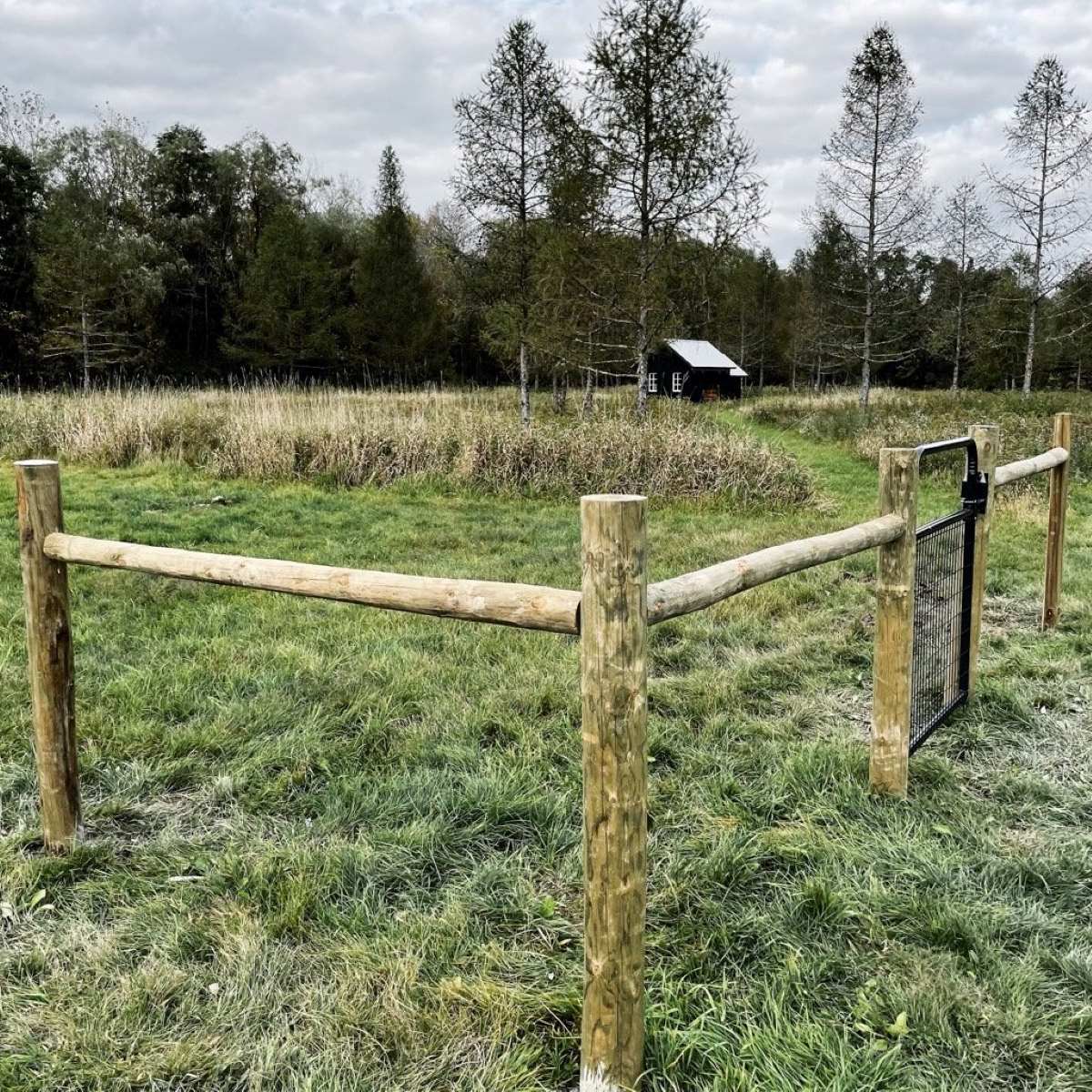

0 thoughts on “How To Grow Ivy On Fence”